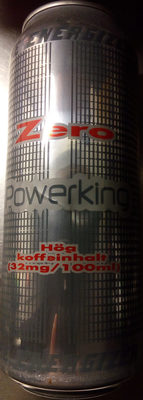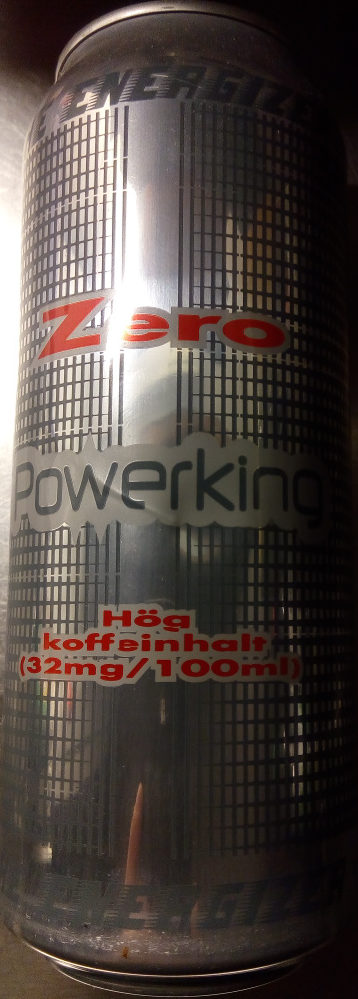Powerking Zero - 500 ml
This product page is not complete. You can help to complete it by editing it and adding more data from the photos we have, or by taking more photos using the app for Android or iPhone/iPad. Thank you!
×
Barcode: 7611612221658 (EAN / EAN-13)
Common name: Kolsyrad dryck med taurin, koffein och sötningsmedel
Quantity: 500 ml
Packaging: Metal, Recyclable Metals, Aluminium, sv:Green dot
Categories: Beverages, Carbonated drinks, Artificially sweetened beverages, Energy drinks
Labels, certifications, awards: Not advised for specific people, Not advised for children and pregnant women
Manufacturing or processing places: The Netherlands
Countries where sold: Sweden
Matching with your preferences
Environment
Packaging
Transportation
Report a problem
Data sources
Product added on by olofolleola4
Last edit of product page on by packbot.
Product page also edited by openfoodfacts-contributors.










